缓冲学习实战篇
发布时间:2024年01月11日
缓存练习题(用户查询操作)
public List<ShopType> queryAllType() throws JsonProcessingException {
//从缓存中查数据
String shopTypeJson = stringRedisTemplate.opsForValue().get("cache:shopType");
//如果缓存命中,
if (StrUtil.isNotBlank(shopTypeJson)) {
return new ObjectMapper().readValue(shopTypeJson, new TypeReference<List<ShopType>>() {
});
}
//如果缓存不命中,查数据库
List<ShopType> shopTypeList = shopTypeMapper.selectList(null).stream().sorted(Comparator.comparingInt(ShopType::getSort))
.collect(Collectors.toList());
if (shopTypeList == null) {
return null;
} else {
stringRedisTemplate.opsForValue().set("cache:shopType", new ObjectMapper().writeValueAsString(shopTypeList));
}
//如果过数据库不命中,则返回错误
//如果过数据库命中,则更新缓存
return null;
}
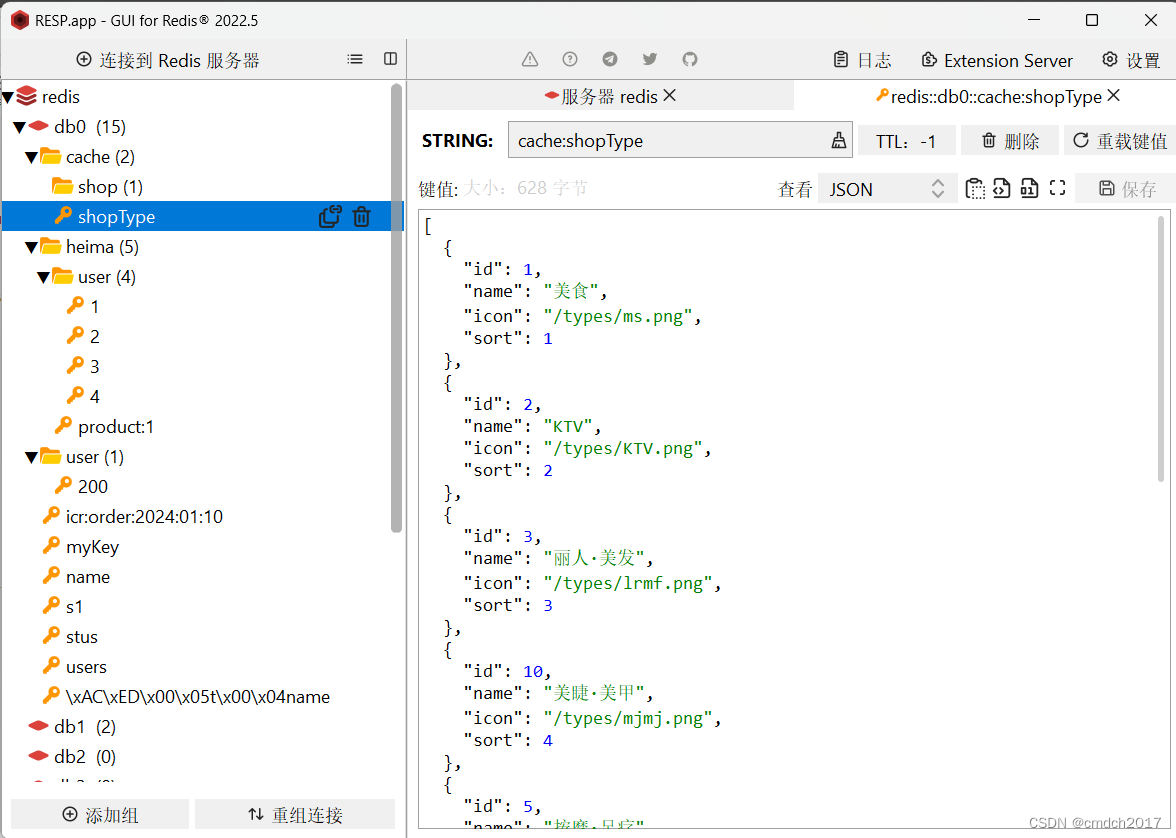
缓存更新策略(更新商品操作)
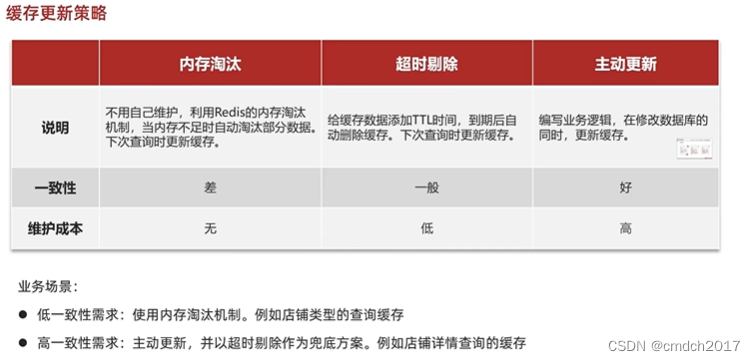
缓存操作很快,操作数据库很慢
方案1:如果先删除缓存,再操作数据库,线程1 ,清空缓存,线程2 查询缓存未命中,写入数据库数据是10,此时线程1,数据库更新
方案2:缓存因为某种原因失效了,线程1缓存未命中查出数据库10,另外一个线程2更新数据库,删除缓存,写缓存时数据为20,但是这种情况基本不存在
结论:由于缓存速度很快,所以第二种情况发生概率很低,采用先操作数据库,再删除缓存
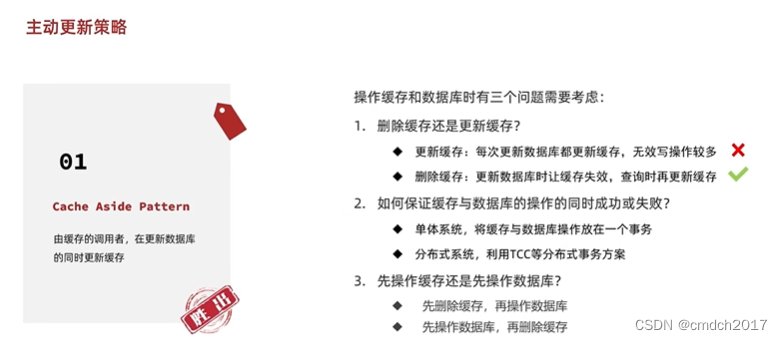
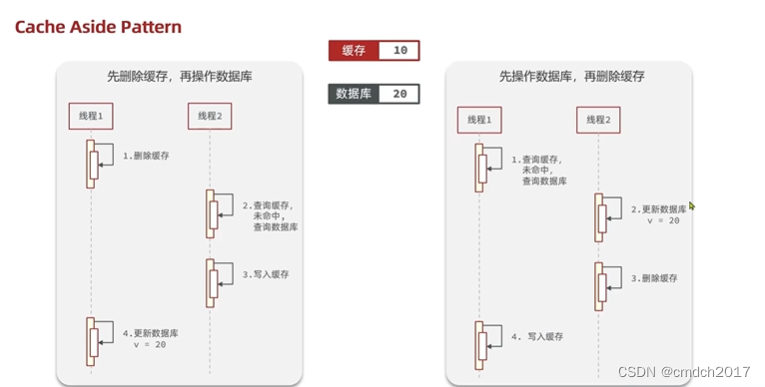
@Override
@Transactional
public Result update(Shop shop) {
if (shop.getId() == null) {
return Result.fail("500");
}
//1、更新数据库
updateById(shop);
//2、删除缓存
stringRedisTemplate.delete(CACHE_SHOP_KEY + shop.getId());
return Result.ok();
}
缓存穿透
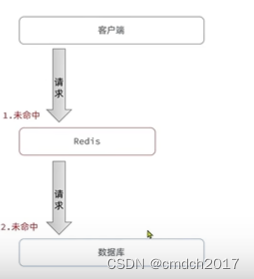
缓存空对象
空的值缓存到Redis
优点:实现简单,维护方便
缺点:额外的内存消耗;造成短期的不一致(如果此时数据库真的增加了,在TTL过期以后才能查询到真数据)
设置TTL,比如5分钟,方式恶意用户访问

布隆过滤
优点:内存占用较少,没有多余key
缺点:存在误判可能
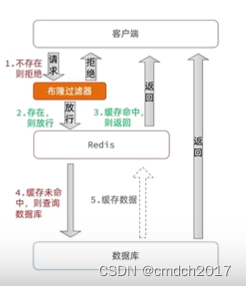
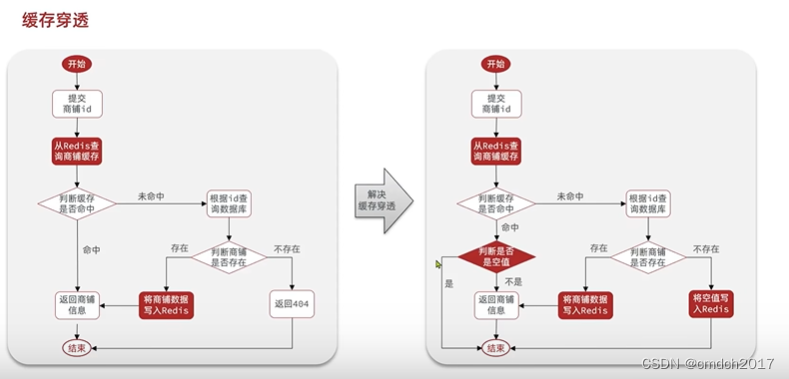
文章来源:https://blog.csdn.net/weixin_43914278/article/details/135529668
本文来自互联网用户投稿,该文观点仅代表作者本人,不代表本站立场。本站仅提供信息存储空间服务,不拥有所有权,不承担相关法律责任。 如若内容造成侵权/违法违规/事实不符,请联系我的编程经验分享网邮箱:chenni525@qq.com进行投诉反馈,一经查实,立即删除!
本文来自互联网用户投稿,该文观点仅代表作者本人,不代表本站立场。本站仅提供信息存储空间服务,不拥有所有权,不承担相关法律责任。 如若内容造成侵权/违法违规/事实不符,请联系我的编程经验分享网邮箱:chenni525@qq.com进行投诉反馈,一经查实,立即删除!
最新文章
- Python教程
- 深入理解 MySQL 中的 HAVING 关键字和聚合函数
- Qt之QChar编码(1)
- MyBatis入门基础篇
- 用Python脚本实现FFmpeg批量转换
- 机器学习 -- 概述
- 【赠书第17期】Excel高效办公:文秘与行政办公(AI版)
- 外汇天眼:15个外汇交易常见疑问全解答!
- 抖音小店创业新星,成都力寰璨泓科技有限公司靠谱吗?
- Electron框架:构建跨平台桌面应用的终极解决方案
- Dubbo使用详解
- 自动化测试——Python基础
- 如何在电脑上免费更改 PDF 格式文档的字体大小?
- Harmony全局应用生命周期 EntryAbility.ts 讲解
- 文件上传漏洞(基于upload-labs靶场)针对Windows系统特性的绕过